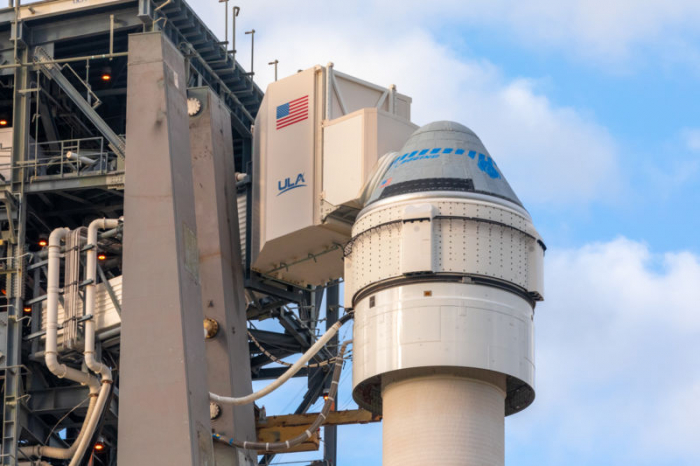"We are committed to the safety of the men and women who design, build and ultimately will fly on the Starliner just as we have on every crewed mission to space," Boeing said in a statement. "We have chosen to refly our Orbital Flight Test to demonstrate the quality of the Starliner system. Flying another uncrewed flight will allow us to complete all flight test objectives and evaluate the performance of the second Starliner vehicle at no cost to the taxpayer."
The decision follows the initial uncrewed flight of Starliner in late December, when what was supposed to be a week-long mission was cut to two days and a plan to dock with the International Space Station was abandoned due to a "mission elapsed time" error.
In subsequent weeks, a team of investigators found and characterized two major software errors during the mission, one shortly after launch and another just before the capsule was due to enter Earth's atmosphere for its return home. This led NASA's chief of human spaceflight, Doug Loverro, to designate the December flight a "high-visibility close call" in March.
Asked to explain why he did this, Loverro said told reporters at the time, "We could have lost a spacecraft twice during this mission." As a result of this, NASA has begun to investigate Boeing's safety culture. The agency also formally opened a process during which its Safety Office will investigate space-agency elements that may have led to the incident—likely focusing on why NASA did not detect the errors in Starliner's flight software.
For its part, Boeing said it would pay for the re-flight, for which it set aside $410 million early this year. The company did not say when it would attempt this second test flight, but The Washington Post, which broke the news about the reflight, speculated it would come no earlier than this fall.
This means it is possible that SpaceX will fly at least two crewed missions of its Dragon spacecraft—which has been competing with Boeing in NASA's commercial crew program for the last decade—before humans launch in Starliner to orbit. The first crewed flight of Dragon may possibly occur as soon as late May but seems more likely to slip into June due to COVID-19 slowing preparations
















































